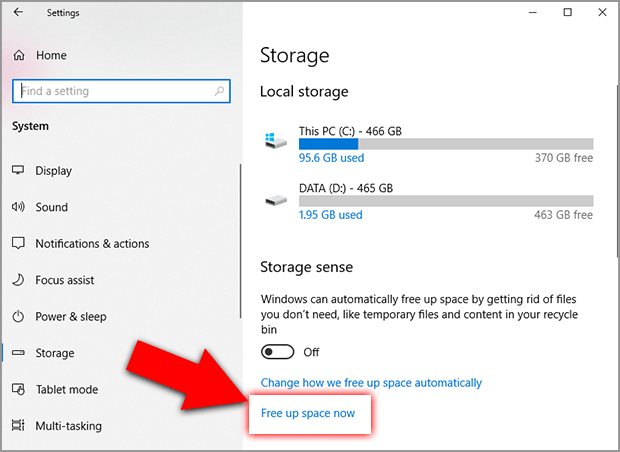
Both Standard and Administrator accounts access resources and run programs in the security context of a standard user. When you enable UAC, each app requires the go-ahead using an administrator access token. As defined in the context of Windows Server 2016, a logon process is a different process for the standard user and the administrator. Specifically, when the user is the admin -and has provided the respective administrator credentials in order to log onto the system- two separate access tokens are created. The admin runs all the usual -and permissible to the standard user- applications, in the same way, using the same type of token. The extra part comes in that, according to UAC, another token is created, named ”full administrator access token”, which is utilized exclusively when an admin authorization is necessary.
- UAC serves a particular purpose and disabling UAC in Windows 10 deserves serious reconsideration.
- Quite superfluous since the introduction already reminded the lock screen is here for “security reasons”.
- If you save a Registry file, you’ll have its path at your fingertips, because you can always access it using the method from above.
- After supplying your administrator credentials, you can use this window to run any program, browse any drive or folder, or use any Control Panel option without seeing another consent dialog box.
Since different amounts of data will be written to the transaction log on each use, it is possible for old pages to remain in the file across multiple uses. However, the location of each page will have to be inferred by searching for similar pages in the current hive, and the probability of consistent data recovery is very small. To maximize registry reliability, Windows can use transaction logs when performing writes to registry files. The logs act as journals that store data being written to the registry before it is written to hive files. Transaction logs are used when registry hives cannot directly be written due to locking or corruption.
When thinking about organizing, i have a view of this as a technician. I am interested in things like the API that programs use to access the registry, but to me that is academic, cuz i rarely if ever need to know that specifically to solve a problem. OTOH, how the registry is organized, which are files and which are in-memory only, and which alias write back and which dont, the boot order, etc, are all facts i need to know to solve problems. And A LOT of readers here are technicians, professional or amateur.
Root Details Of Missing Dll Files – What’s Needed
Registry and file system virtualization are disabled as well for these accounts, and the Protected mode of Internet Explorer is disabled. When a standard user tries running a program that needs elevated permissions, the UAC prompt will prompt you to enter administrator credentials to confirm. If you want to avoid being prompted all the time, you can set UAC to automatically deny elevation requests. The user experience for standard users is different from that of administrators in Admin Approval Mode. The recommended and more secure method of running Windows 10 is to make your primary user account a standard user account.
A Look At Painless Plans Of Dll Errors
Double-click the Nolockscreen key and set its value data from 0 to 1. Right-click the Personalization folder, select the New submenu, and choose the DWORDoption. Windows 10 Home doesn’t include the Local Group Policy Editor, but it is still possible to disable the feature by modifying the Registry.
Such files are compatible with older https://windll.com/dll/johnsongrace-company versions of Windows . Select your user account and click the Apply button. If the ownership must be set on all subkeys too, then check the Replace owner on subcontainers and objects checkbox.
